Nothing impacts the vitality of your healthcare revenue cycle like accounts receivable (A/R) follow-up. Since A/R is a snapshot of outstanding balances owed to an organization, reducing your A/R aging bucket is an essential element in the success of your practice. Tunnel vision can constrict your revenue cycle, while a more dynamic approach delivers benefits that increase cash flow and improve revenue cycle health.
Many healthcare practices have insurance claim aging buckets that are being written off as losses because they aren’t being collected. These claims have typically been denied by insurance companies for various reasons. They need additional follow-up, pre-authorization, supporting documentation, or other details to support payment. The general consensus seems to be that it’s simply too difficult for inhouse teams to get to these aging buckets along with the sheer volume of claims pouring in daily.
A Common Revenue Cycle Problem
Outsourcing your aging insurance recovery buckets can help you stay focused on what’s current while giving organizational revenue streams a solid boost. A collaborative approach involving managed care leadership and partners like the Healthcare Claims Management (HCM) team can help resolve problematic claims to increase immediate cash flow. HCM can focus on the aging and more difficult to collect claims while your team focuses on new and current claims.
It takes a multifaceted approach to accounts receivable and revenue cycle health to avoid uncollectible losses. Focused improvement initiatives should include automated data gathering, productivity exercises, and designation of relevant time blocks for completing specific tasks. Partnering with the right team can help speed aging claims resolution at scale to improve efficiency and cost control for your organization. In a team-crafted approach, everyone impacts the timeline.
An extraordinarily simple solution
HCM understands the various policies involving the insurer-payer mix and the constant evolution of the landscape itself. Our dedicated team offers a free assessment to give you a detailed picture of the collectible revenue your organization could be missing out on. Minimizing the lag between claim submission and payment for our healthcare partners is what we do best. We understand that the number of days in A/R is more than just a benchmark; it’s an essential metric of revenue cycle health.
Since an A/R follow-up team consistently corresponds with patients, service providers, and insurance companies, the quality of their skill set eventually helps determine the financial health of the organization. We eliminate static that may be clouding lines of communication involving unpaid claims. By removing obstacles and improving compliance, HCM can streamline payments for insurance claim aging buckets, reducing administrative costs for healthcare organizations.
A partner that makes a difference
With so much at stake, it’s vital to partner with a team that values your organization and humanizes the patient experience while mitigating the risk of nonpayment. Assessing claim collectibility is the first step toward creating an action plan to improve cash flow for your organization and strengthen your healthcare revenue cycle.
Contact HCM today to see how we can help lower administrative costs and boost those all-important payments on collectible claims.



